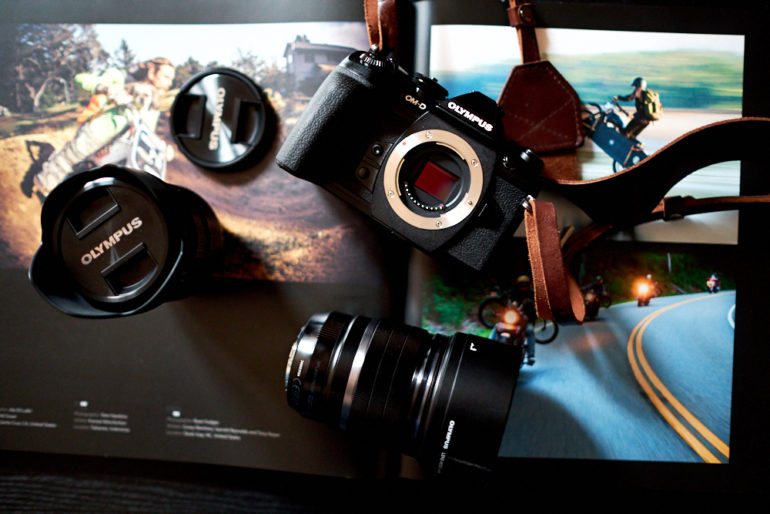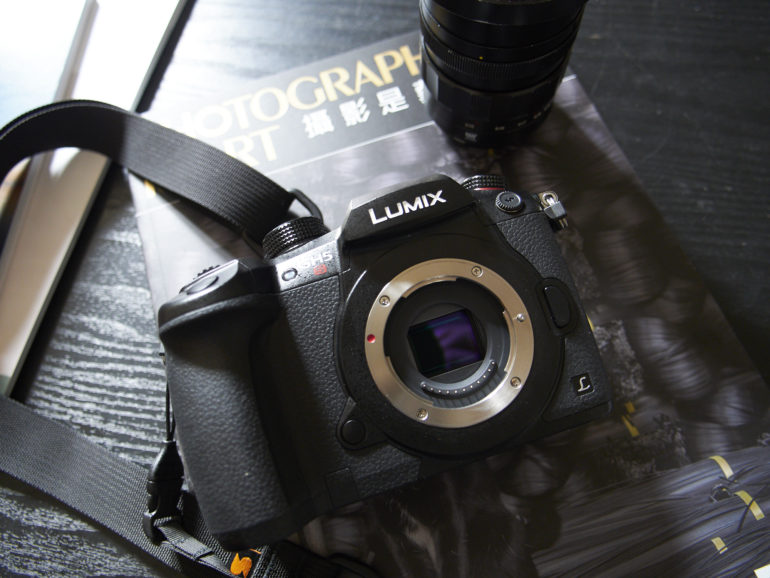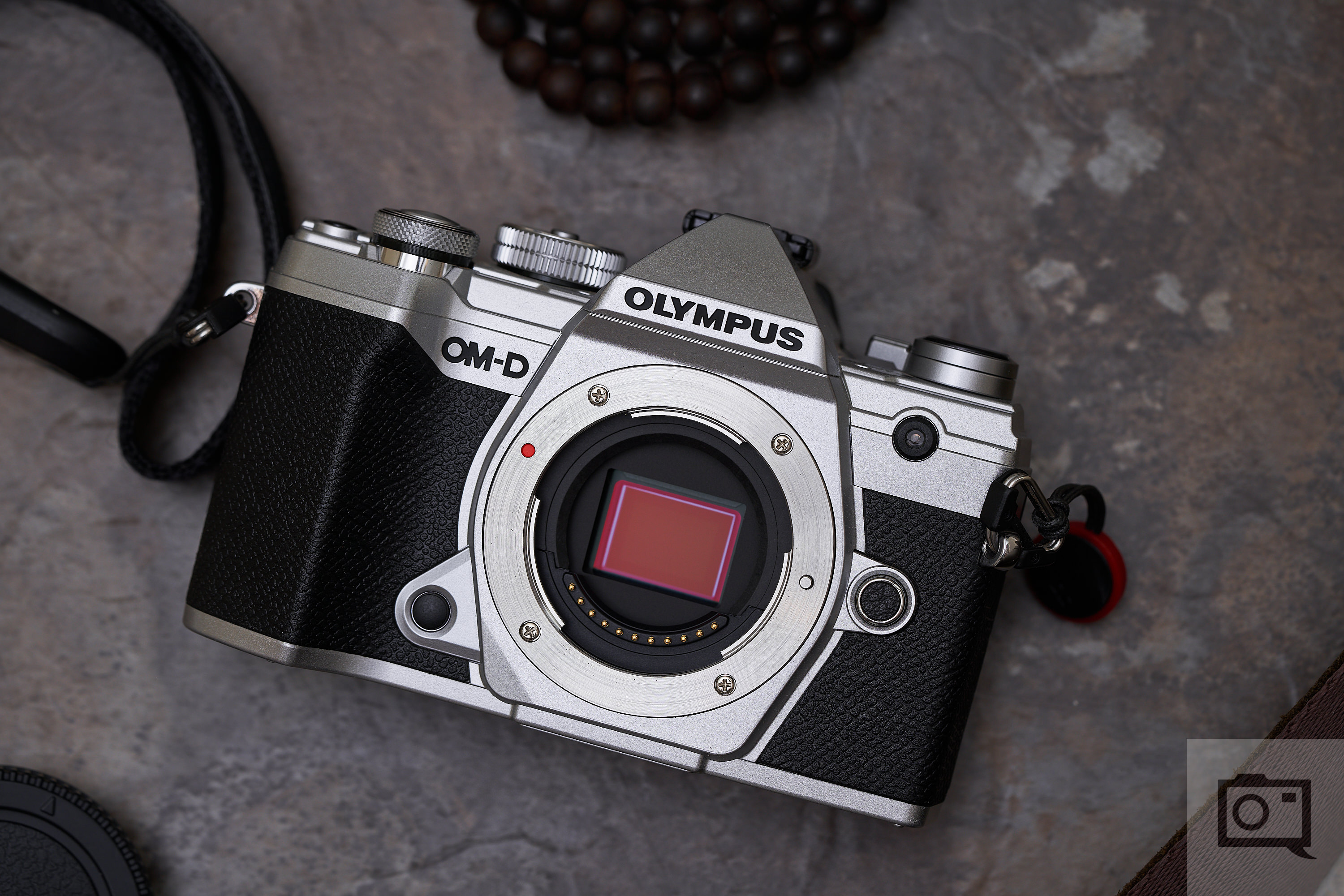Current Micro Four Thirds cameras from Olympus and Panasonic are great, but they seriously need a new heart to keep them competitive.
There has been a lot of talk over the last few years about new sensors for Micro Four Thirds cameras, but to date, we have not seen anything come from all the noise that surrounds the platform. With technology continuing to push forward, the need for a new Micro Four Thirds sensor is becoming more apparent with each passing day. If Olympus and Panasonic want to continue on their M4/3 journey, they will need to figure something out sooner than later. Otherwise, they run the risk of falling too far behind. Let’s talk about this after the break.
As a current user of Olympus Mirco Four Thirds cameras, for the most part, I am happy with the 20-megapixel sensor that sits inside my Olympus E-M1 II, and the 16 Megapixel sensor that calls my E-M10 II home. These cameras launched back in 2015 and 2014, respectively, and at the time, the sensors were groundbreaking for this platform. Since then, there has been nothing but rot when it comes to new sensors. In fact, both of these sensors are being used in Olympus’s ‘new’ cameras today, and that’s not going to cut it. This applies to Panasonic too. The days of rehashing must come to an end if these guys want to stay relevant in the ever-evolving world of photography.

I was incredibly excited to learn about the new Olympus E-M1 III and the Pen E-PL10 earlier this year. Speculation was rife about new sensors, and I (along with many other Micro Four Thirds fans, I’m sure) was eager to hear what was coming our way. So, imagine the disappointment in finding out that the five and six-year-old sensors were being used again. Seeing the same old technology used over and over again can be a hard pill to swallow, especially when you see the strides being made on other platforms.
“While the sensor issue is incredibly frustrating, let’s not forget that Olympus has done a great job of innovating in other areas, though, and so has Panasonic.
I’ll say it again; the current sensors are fine, and you can create gorgeous images with them. As we know, it doesn’t come down to the gear, it comes down to the people using it. But you can’t help wondering if we have reached peak Micro Four Thirds. If we have, it’s crazy to think the platform peaked in terms of sensor technology five years ago. I find that hard to believe. There has to be a way forward. Just take a look at the Olympus cameras over the last six years that have all used the same two sensors mentioned above:


That’s 16 cameras that have used either the 16 Megapixel sensor from 2014 or the 20 Megapixel sensor from 2015, with quite a few of them being launched in the last two years. Heck, two of those cameras were launched this year! While the sensor issue is incredibly frustrating, let’s not forget that Olympus has done a great job of innovating in other areas, though, and so has Panasonic.
“I love my Micro Four Thirds cameras, but it’s time for a little more than rehashes because that gives me no motivation to upgrade, and I’m sure others feel the same too.”
The two companies have developed industry-leading IBIS, incredible weather sealing technologies, fantastic 4K codecs and other software improvements, including AI enhancements that can mitigate the gap between the old Micro Four Thirds sensor technology and other platforms that have sprinted ahead. Some of the things Micro Four Thirds cameras can do are quite incredible, but just how much better could they be with a new heart in them? The Olympus Pro and Panny Leica lenses I use are incredible, and I wonder just how much better they could be with a new sensor behind them. I love my Micro Four Thirds cameras, but it’s time for a little more than rehashes because that gives me no motivation to upgrade, and I’m sure others feel the same too.

As far as I know, Panasonic and Olympus both use Sony sensors in their cameras, and until Sony comes up with a new one (which there have been reports of), the platform will be at a standstill. Perhaps it’s time to seek out a new sensor partner, or perhaps it’s time to start looking into making your own. The new sensor doesn’t have to be a huge increase over the current one; they don’t have to re-invent the wheel. But it would be nice to see the platform moving forward instead of laterally, which is what it’s currently doing.
Until then, I and countless others will continue to use and enjoy our Micro Four Thirds cameras for years to come, but Olympus and Panasonic, please give us something else to look forward to. What do you think Panasonic and Olympus should do in regards to new Micro Four Thirds sensors? What would you like to see? Let us know in the comment section below.


